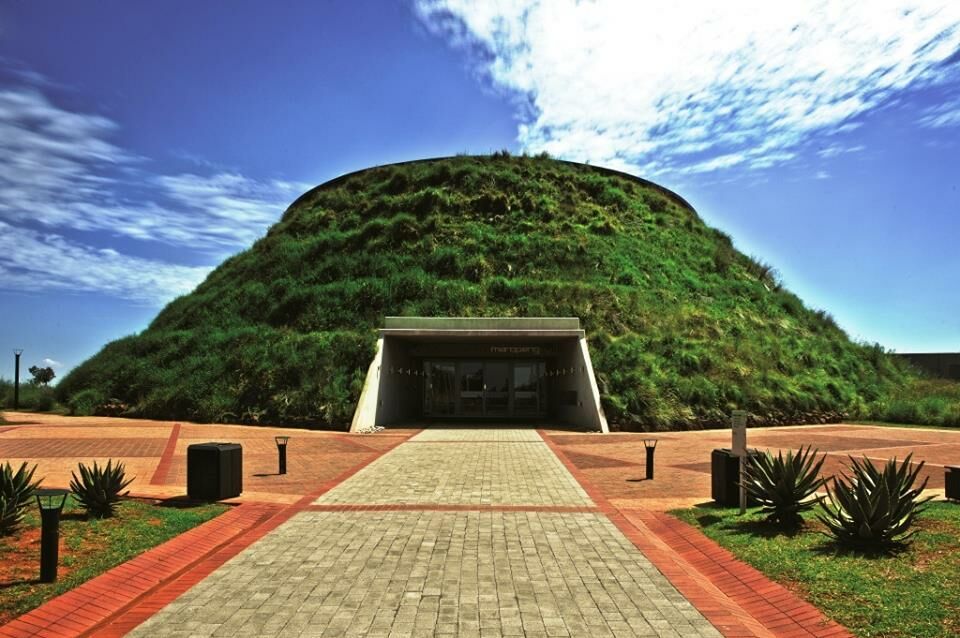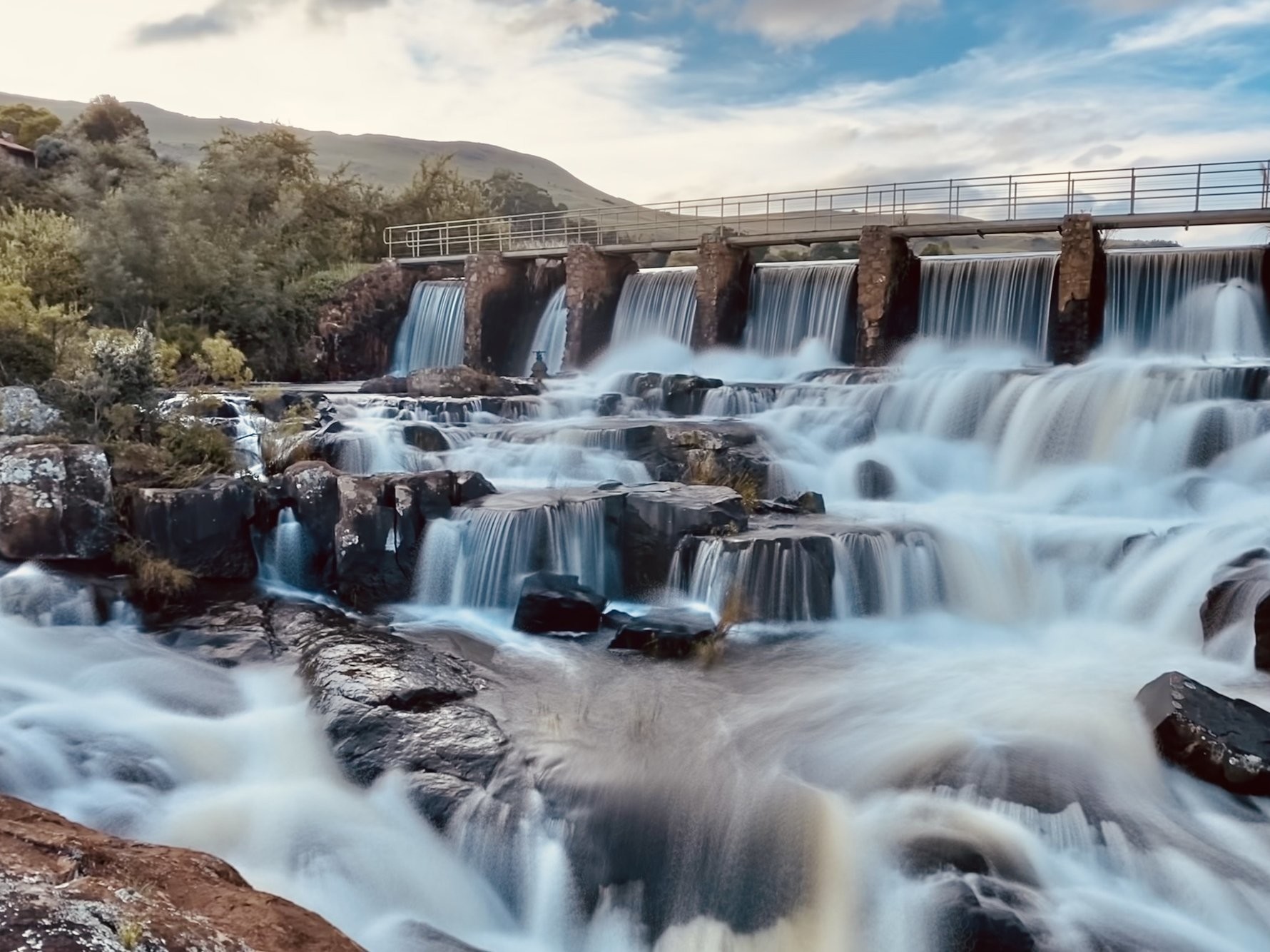The Best Guide To Johannesburg North Attractions
The Best Guide To Johannesburg North Attractions
Blog Article
A Biased View of Johannesburg North Attractions
Table of ContentsThe Definitive Guide for Johannesburg North AttractionsThe Buzz on Johannesburg North AttractionsLittle Known Facts About Johannesburg North Attractions.The Best Strategy To Use For Johannesburg North AttractionsThings about Johannesburg North AttractionsOur Johannesburg North Attractions StatementsEverything about Johannesburg North Attractions
You ought to maintain protection in mind and vacationers must continue to be sharp at all times when in unknown environments. Talk to the citizens when you are in town to locate out about the area you are remaining in. Johannesburg North attractions. When on the road (this does not put on shopping center and various other secure settings) finest general advice is to attempt your ideal to resemble a local and to prevent showing any type of form of wide range
Excitement About Johannesburg North Attractions
Professor Revil Mason O. J. (Thomson, 1946) discovered the Witwatersrand's pre-colonial history. His archaeological work exploded the 'em pty land' misconception, according to which the area was without human habitation prior to the arrival of European settlers. In his magazines Prehistory of the Transvaal: A Record of Human Activity (1962) and Origins of Black Individuals of Johannesburg and the Southern Western Central Transvaal Advertisement 3501880 (1986 ), Professor Mason demonstrated the extent of social and economic development in the location before Europeans established foot here.

Johannesburg North Attractions for Dummies
He acted with the federal government's consent, given after he had testified keep his explorations trick. In 1874, small-scale mining procedures were begun in the Magaliesberg, where an Australian, Henry Lewis, had discovered gold deposits. In 1878, David Wardrop located gold in quartz veins at Zwartkop, north of Krugersdorp. In 1881, Stephanus Minnaar discovered gold on the ranch Kromdraai, near the Cradle of Humankind.
In March 1886, an outcropping (soon to be called the Main Coral reef) was discovered, quite luckily, on Gerhardus Oosthuizen's ranch Langlaagte. Some state that the Lancastrian coal miner George Walker uncovered this reef. An additional travelling English prospector, George Harrison (that had formerly functioned in Australian mines) obtained a prospecting licence in regard of Langlaagte in Might 1886.
He made a decision to proceed in a quest for greener fields, and disposed of his Langlaagte insurance claim for the handsome sum of 10. Alas: below lay the wealthiest goldfield ever before discovered. The exploration of this rich auriferous coral reef provoked a gold rush that signified the end of bucolic serenity in the southern Transvaal.
It would certainly, within 6 years, come to be the largest community in southern Africa. Within a years, it would certainly make the Z. A. R. up until after that an anarchical and insolvent little state the most affluent country in Africa. By the turn of the century, the Z. A. R. was to surpass Russia, Australia and the United States of America to become the globe's leading gold producer, creating more than a quarter of the world's gold.
Not known Incorrect Statements About Johannesburg North Attractions
It was referred to as Ferreira's Camp, called after Colonel Ignatius Ferreira. He was a Boer adventurer upon whom the British authorities had actually presented the standing of Buddy of one of the most Distinguished Order of St Michael and St George (qualifying him to the moved here post-nominal letters C. M. G.) in appreciation for his role in the battle that had deposed the Pedi king Sekhukhune in 1879.
Soon the camp was teeming with camping tents and wagons as novices got here daily from everywhere. By September 1886, some 400 individuals lived in Ferreira's Camp, which soon flaunted upraised iron and wood buildings. Two other camps were established: Meyer's Camp on the ranch Doornfontein, and Paarl Camp. The latter was nicknamed Afrikander Camp; several individuals from the Cape Nest cleared up there.

Some Known Facts About Johannesburg North Attractions.
This name gained currency by word of mouth, such that the State Assistant verified the name to the Mining Commissioner on 9 October 1886. Stands in the village were auctioned on 8 December 1886. While some stands were cost 10, others were torn down for just sixpence.
Two years later, these erven were to transform hands for as long as 750 each. The tented camps dwindled as a dorp of corrugated iron structures developed and increased north of the mines situated along the Key Reef Roadway. Areas such as Jeppe's Town (where working-class immigrants erected their houses) and Doornfontein (where the affluent brand-new 'Randlords' started to construct their opulent residences) were quickly contributed to the ever-expanding map of the town.
Johannesburg North Attractions Fundamentals Explained
Aside from the street names, there were no indicators of Johannesburg being located in a Dutch-speaking country. Several years later on, C. W. Kearns O. J. (among the very first kids enrolled at St John's College in 1898) would certainly remember: 'A strange fact about Johannesburg was that, although it was in the [Boer Republic], almost every person talked English and also the Federal government slaves addressed one in English, unless they were first attended to in the Taal (or Reduced Dutch)'.
Thus, Britain had an interest in making sure optimal problems for gold production on the Witwatersrand, which the gold was exported to London as opposed to Berlin a necessary provided even more clamant by the Z. A. R - Johannesburg North attractions.'s increasing toenadering with Germany. Mine owners were on a clash with Head of state Kruger, whose plan of monopolistic giving ins (often given to his cronies) protected against mining firms from acquiring materials of materials (especially dynamite) and work on their own, less expensive terms
The Ultimate Guide To Johannesburg North Attractions
In 1890, the Volksraad had actually limited the franchise business to white men who had stayed in the Z. A. R. for fourteen years or longer, therefore invalidating the majority of the immigrants (who took place to be the major contributors to the fiscus). Agitation for the ballot was a plain pretext for advertising a different agenda; the majority of uitlanders regarded themselves as short-term site visitors and had no purpose of remaining in the Z.
Report this page